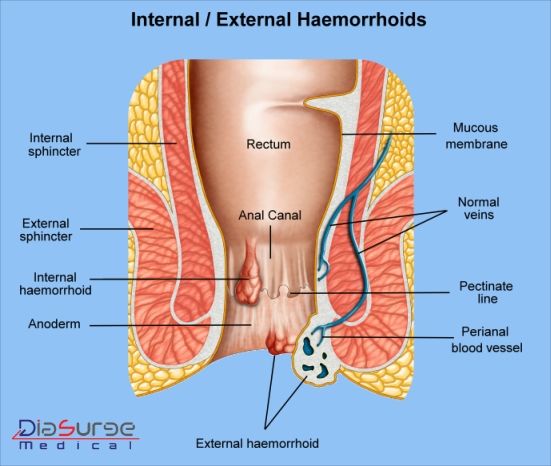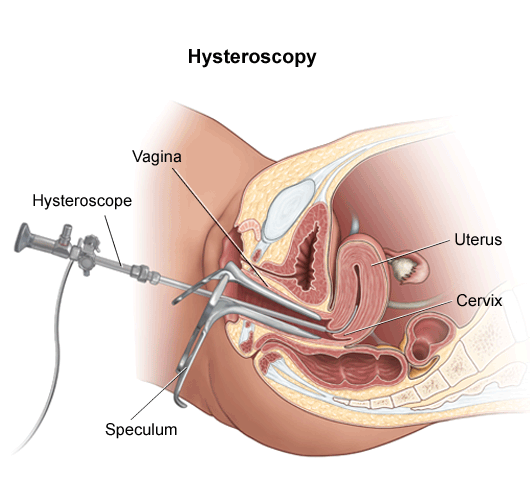Minimal invasive surgery for hemorrhoids
What are hemorrhoids?? Hemorrhoids are the medical condition in which an individual suffers from inflamed and swollen veins in the lowest part of anus and rectal. This medical condition is commonly known as piles by the general public. There are basically two types of hemorrhoids, internal hemorrhoids, and external hemorrhoids. Internal hemorrhoids are on the upper part inside your rectum. Whereas, external hemorrhoids are at the lowest part of your anus, under the skin around the anus. Hemorrhoids are becoming a very common disease, especially people who are in their middle age are at a high risk of suffering from the disease. Symptoms of hemorrhoids Internal Bleeding while you poop, blood droplets on the toilet paper when you wipe and also in the toilet bowl. When the extra skin comes out from your anal opening, then this condition is called prolapse. This condition is painful, especially while passing the stool. Prevention Internal hemorrhoids can easily be manageable and less critical than external hemorrhoids. It can be managed within a few days…


